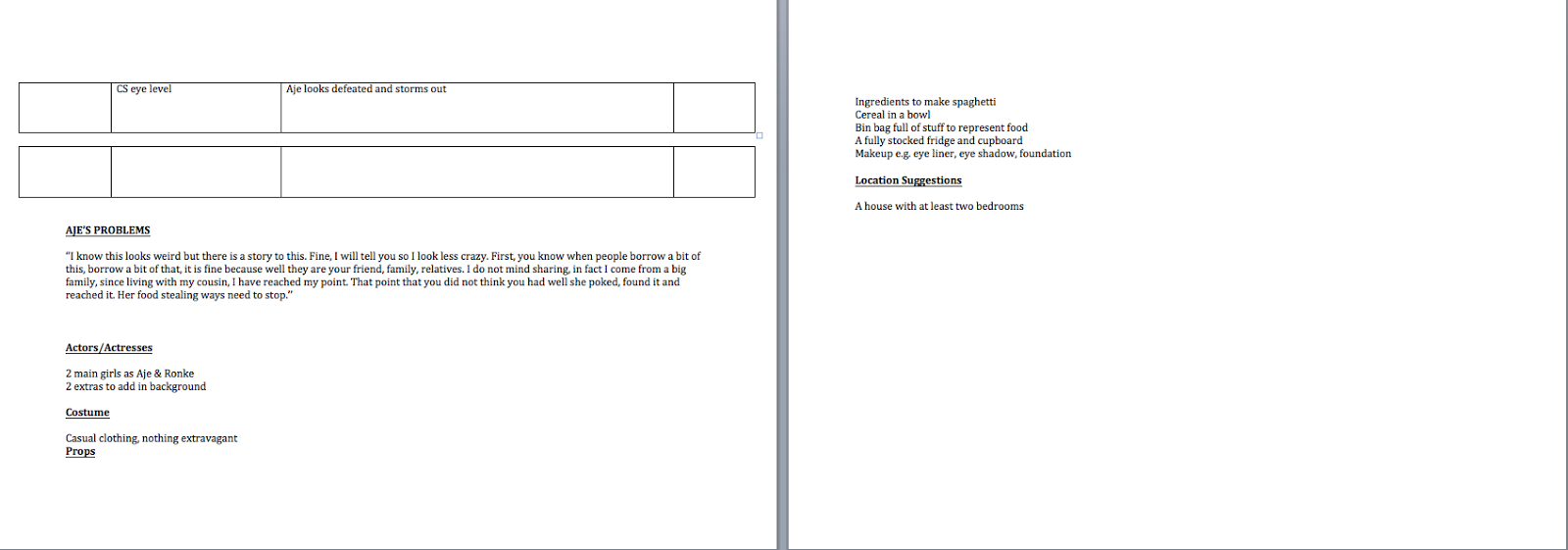At the time I thought I was going to be filming in a house so I carried out a test in a similar environment. In the video below I haven't tried out colour gels as I did not have them yet.
This test below was to experiment with the colour gels that I got for filming. Since thinking about how my stylised film might look like I thought playing with different colours and experimenting with various saturation levels would be interesting.
When it does come to the shoot, I don't think I will be going for the type of saturation in the film but I shall definitely be using the colour gels so when I move into colour grading in post-production I can play with the saturation of colour because it will be present in the scene.
The reason for these choice of colour gels is that I know these colours convey certain emotions or meanings. By doing this light test I can see how it might affect the character, in the image below the blue is slightly purple and green which I find creates a sinister look to the model which would work well if I was trying to make my characters mysterious visually. I really like the tests in the image above with the green colour gel because I think that green can mean gluttony or greed which are definitely traits of my characters in different degrees.























